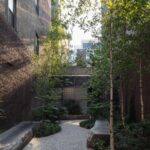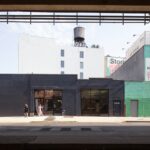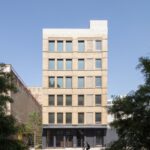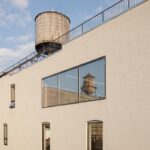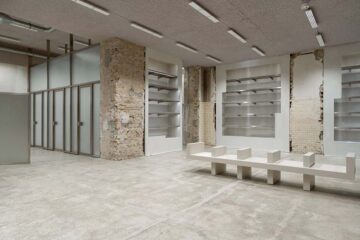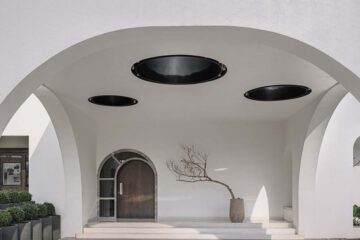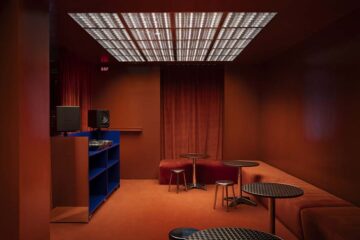Transformation of 77 Washington Workspace by Worrell Yeung Architecture

Introduction
The revitalization of 77 Washington, undertaken by Worrell Yeung Architecture, represents a significant restoration and redesign endeavor. Originally a six-story, 38,000 square-foot masonry factory from the 1920s, along with four adjoining historic structures, the project breathes new life into these buildings. Situated in close proximity to the Brooklyn Navy Yard, this ambitious project pays homage to the area’s rich heritage and the architectural styles prevalent in early 20th-century New York warehouses.
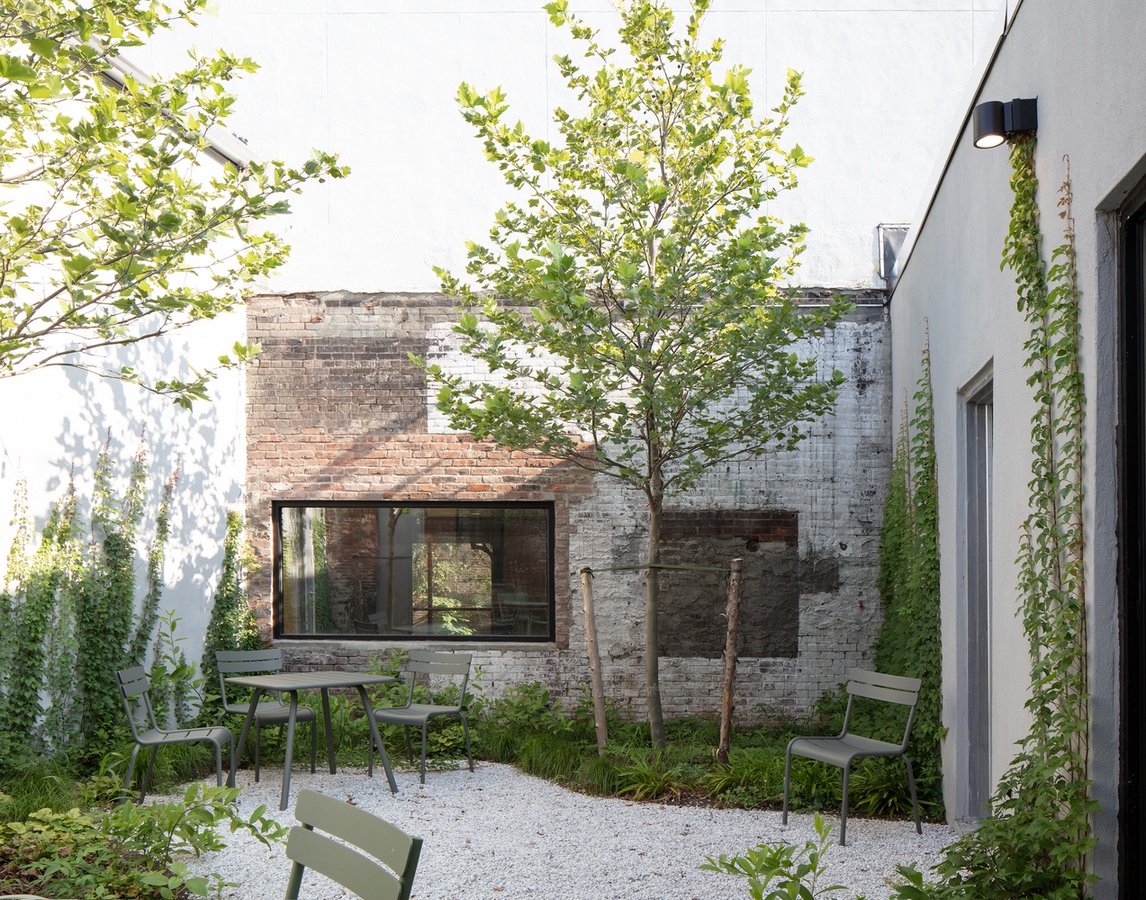
Honoring the Past, Embracing the Future
The renovation project not only respects the site’s historical significance but also aims to create a versatile, multi-functional workspace adaptable to various tenants. This includes accommodating sprawling artist and photography studios in the adjacent structures. Max Worrell, co-principal of Worrell Yeung, emphasizes the importance of preserving the existing historical elements while integrating modern functionality seamlessly.
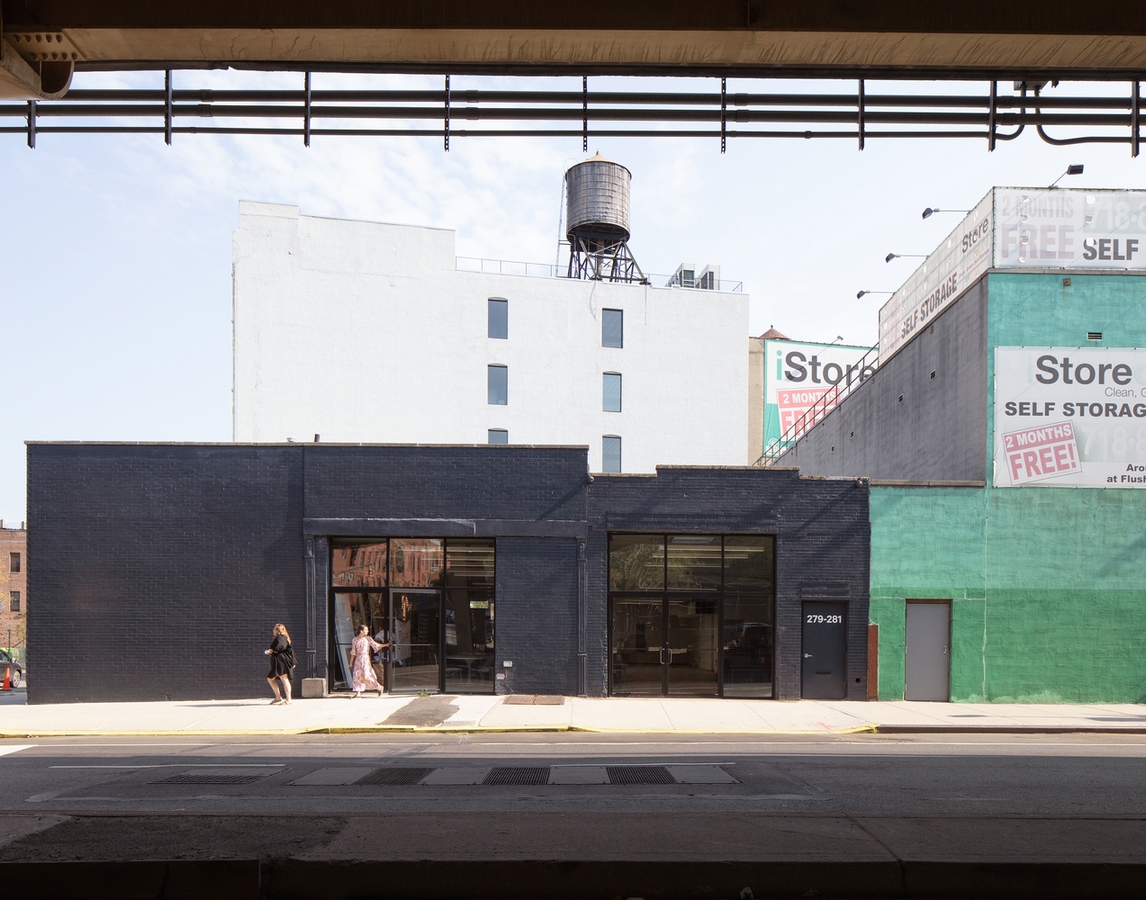
Blending Old with New
A key aspect of the design philosophy involves thoughtful juxtapositions between old and new elements. Contemporary minimalism coexists with the weathered patina of original materials, highlighting the complex’s rich history. This delicate balance ensures that the architectural heritage remains prominent while meeting the demands of contemporary users.
Central Focus: The Factory Building
At the heart of the complex lies the six-story factory building, serving as its focal point. Flanked by three one-story structures to the south, a central courtyard bathed in natural light forms a serene oasis within the urban landscape. The removal of a garage to the factory’s left allows for the creation of a lush garden and communal bike storage area, enhancing the workspace environment.
Restoration and Preservation Efforts
Worrell Yeung’s restoration efforts extend to the meticulous preservation of original storefronts and brick walls. By reclaiming the site’s history, they create visually striking spaces filled with natural light, evoking the industrial charm of bygone eras. The integration of elements such as glass block clerestories and dark blue exteriors further enhances the cohesive identity of the complex.
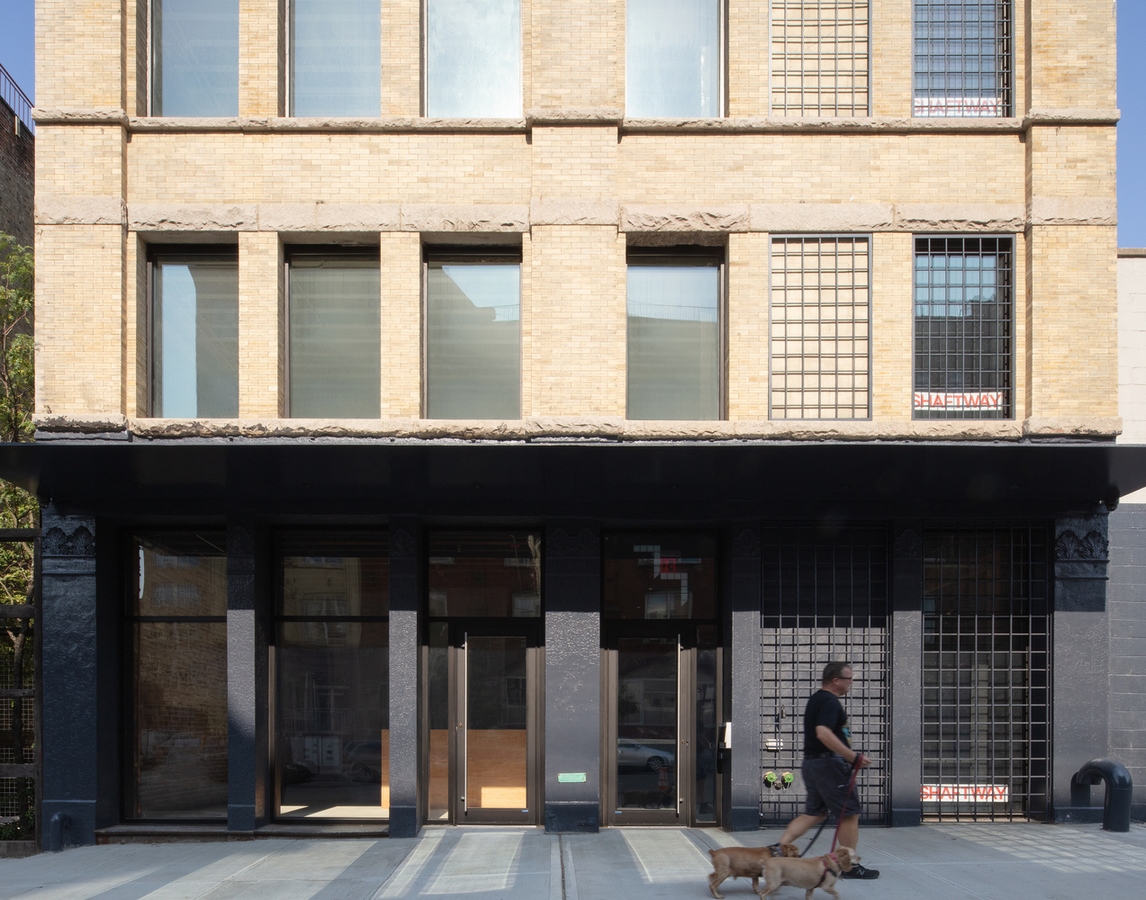
Celebrating Heritage Through Materiality
The interior design pays homage to the site’s industrial past, with materials like diamond plate floors and unfinished steel accents evoking a sense of rugged authenticity. Collaboration with local artisans, such as Navy Yard-based woodworkers, ensures that historical elements are repurposed creatively, enriching the workspace with unique features like custom furniture pieces.
Embracing Light and Space
Light plays a crucial role in the design, with large windows and strategic openings maximizing natural illumination throughout the complex. Grid patterns, a recurring motif, not only add visual interest but also serve functional purposes, as seen in elements like steel grids covering elevator shaft openings.
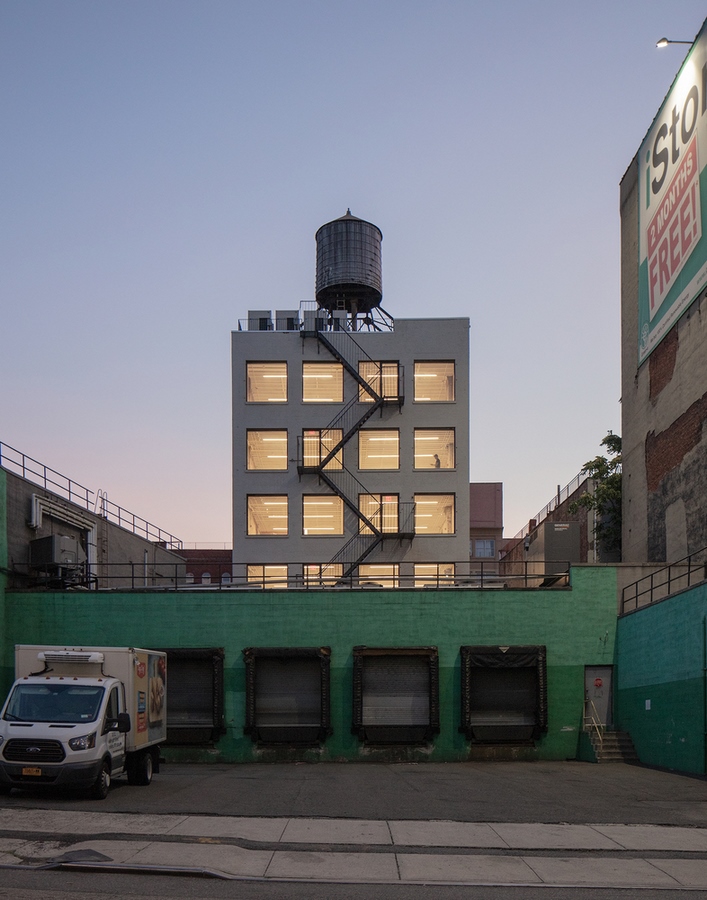
Conclusion
The transformation of 77 Washington Workspace by Worrell Yeung Architecture exemplifies a harmonious blend of heritage preservation and contemporary innovation. By honoring the past while embracing the future, the project breathes new life into historic structures, creating a dynamic workspace that reflects the essence of its surroundings.


